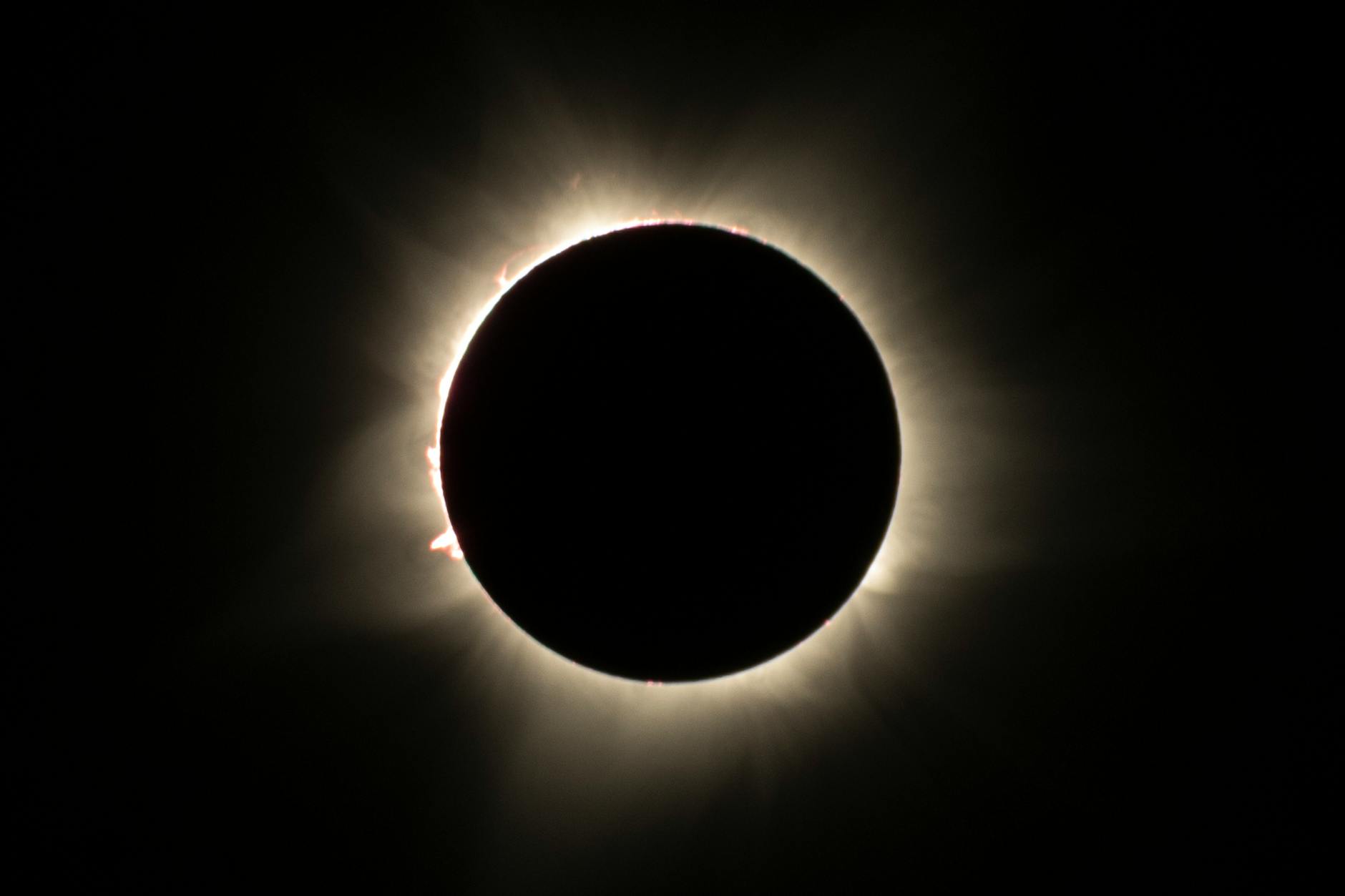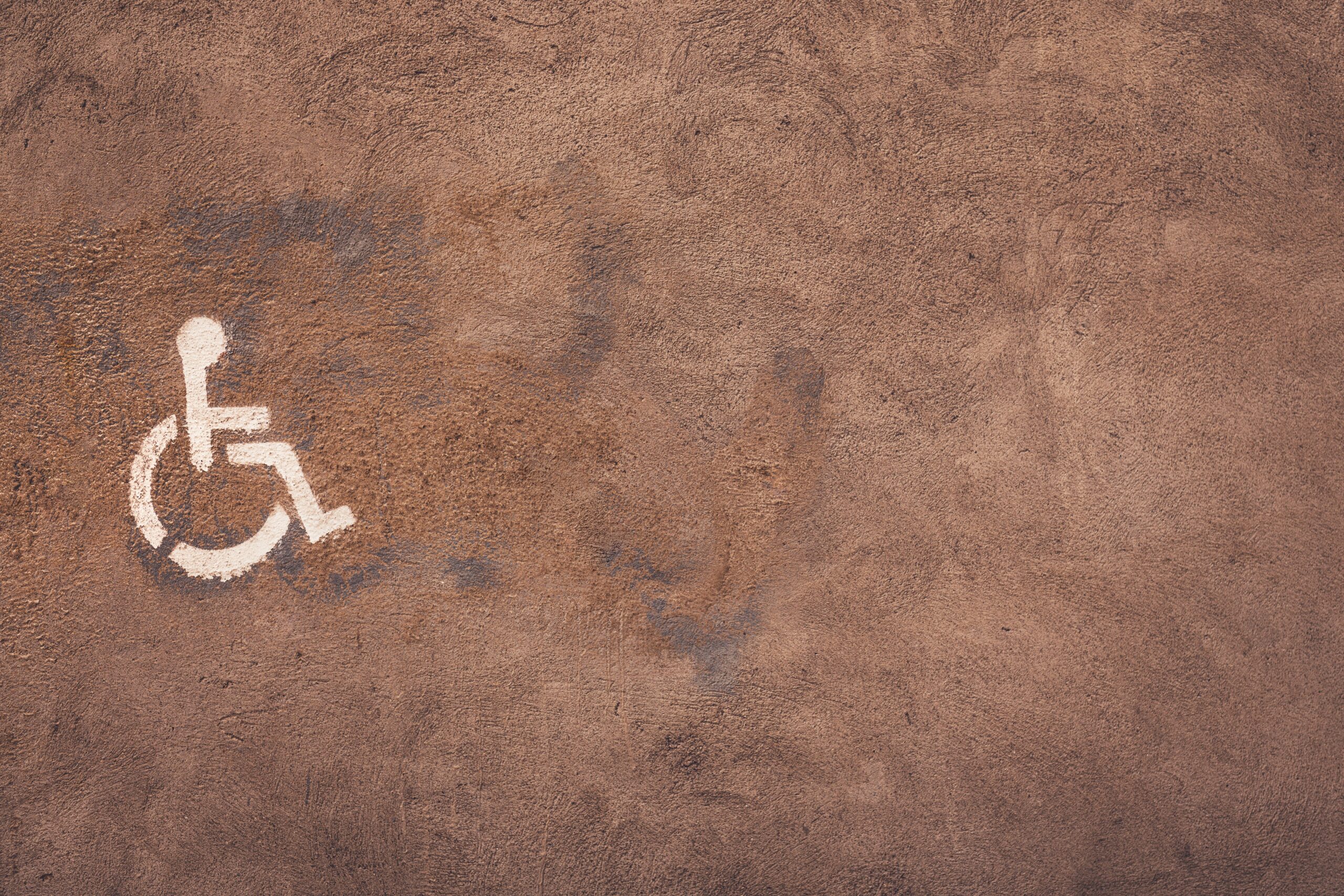Learn a bit more about the eclipse and get some insight on how to view it
By: Blake Metiva
A cosmic feat is occurring today, one we won’t see for another 20 years. A total solar eclipse will be heading across the continental United States for the first time since 2017. A total solar eclipse occurs when the moon passes between the sun and Earth, and completely blocks the face of the sun. The moon then casts a shadow onto the earth and forms a line of total darkness known as the “Line of Totality.” Those in Totality can view the sun without eclipse glasses.
But why is this such a big deal? Delta astronomy professor Kevin Dehne answered that question for us.
“It’s a rare event, and it’s one of the coolest natural phenomena you can see on earth. Day turns to night. Back in the old days it was a biblical happening, people thought it was a mystical omen from whoever. We now understand what the event is, and it’s even cooler because of that.”
Dehne will be taking a 13-and-a-half-hour trip to be in the Line of Totality.
“I’ll be heading to Hot Springs, Arkansas. With me I’ll be taking a refracting telescope to observe in white light (a type of telescope that uses a lens to create images) and an HF telescope to view in HF light (to observe the hydrogen emissions off the sun). Nothing big, just some decent optical viewing equipment.”
Here in the Great Lakes, we won’t be in the Line of Totality, so how can we observe it?
“First you have hope for clear skies. It must be clear to be able to see it. The cheapest and easiest way is the pinhole projection method. All you need to do is poke a hole in a sheet of cardboard and place another place of cardboard below it. You’ll see a projection of the sun and moon on the second sheet of cardboard. You aren’t looking directly at the sun. It’s fun to do,” Dehne says. “Another way to do it is a solar viewer, they’re cheap, only a couple of dollars. They allow you to look directly at the sun, and you can see the moon moving in front of the sun.”
Dehne gives a stark warning for those of us not in totality.
“You never want to look directly at the sun unless you’re in the Line of Totality. Even if the sun is 99% covered, that’s still enough to damage your eye. Always use the solar viewers.”
The eclipse will have 94% coverage here in the Great Lakes Bay, so solar viewers are necessary. The eclipse will begin at 1:58 p.m. and reach its maximum at 3:13 p.m. before ending at 4:26 p.m. The weather is expected to be sunny and 63 – 70 degrees during the duration. Perfect weather to observe, so head outside and take a look!


